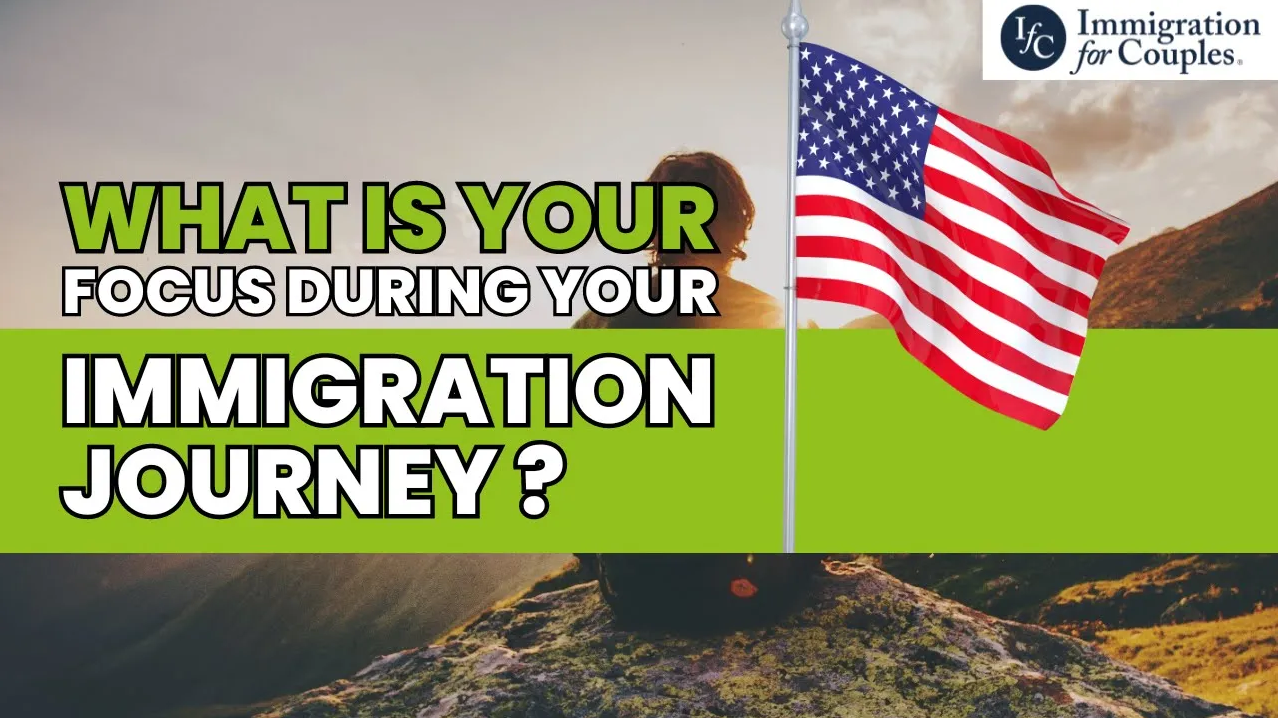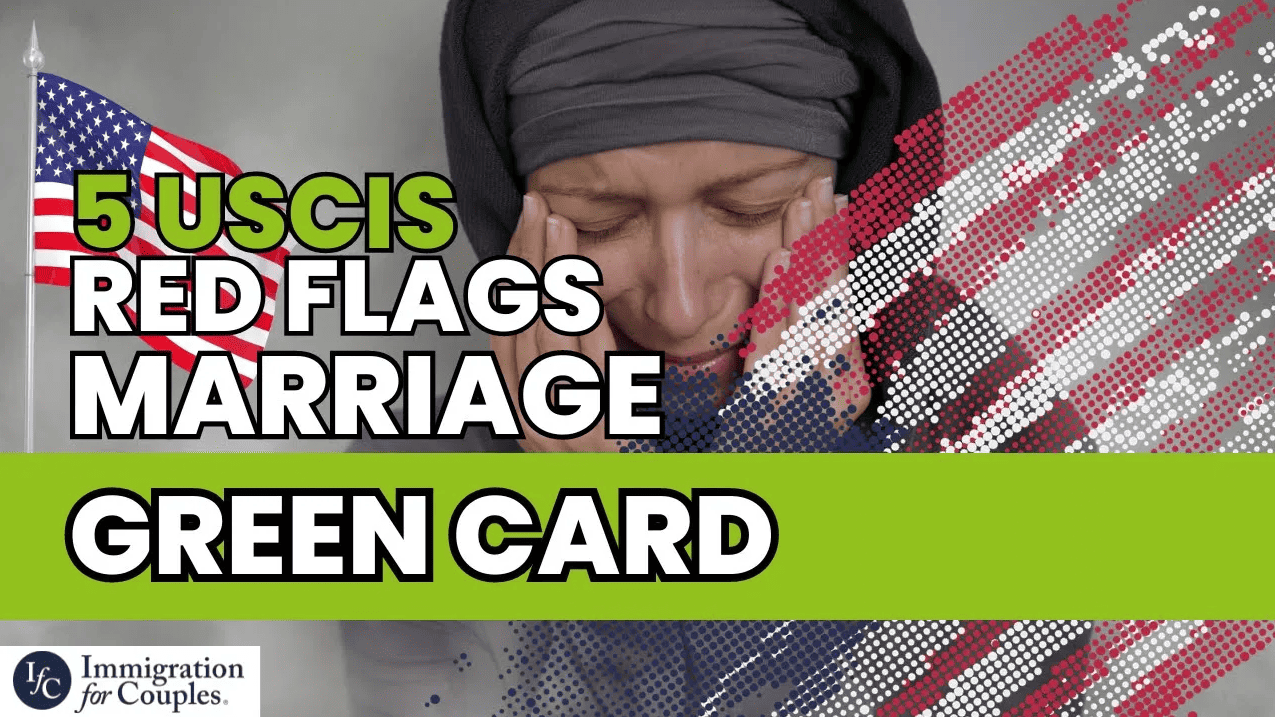Welcome to your complimentary guide on how to prove your relationship to immigration. We have a free downloadable PDF guide that goes over all of this information in even more detail.
See: Bona Fide Relationship Evidence
In any immigration case for couples, one of the requirements is that you prove to immigration that you have a real relationship which is referred to as a bona fide relationship. It is your burden as the applicant to prove to immigration that your relationship is real. Your relationship is based on love and not just to receive an immigration benefit.
Immigration has a couple of different categories of evidence that they are looking for when they review your application. Please know that immigration has a bit of a cookie-cutter way of how they look at relationships. But it’s wonderful that every couple has their own unique story. That is really what you need to do with your immigration case; show your unique story of love to immigration.
Without further ado, let’s jump into those main categories of evidence that immigration is looking for.
1. Proof of Living Together
Some great ideas of relationship evidence to prove you are living together would include a joint lease, a purchase, a title to a home, an identification driver’s license, and bills with a shared address. Our relationship evidence guide will have an even more detailed list that you can review.
For those who are applying for a fiancé visa or those going through the spouse visa process but don’t live together yet, this is a common thing. Unfortunately, not everyone is able to live in the same country together while they’re going through an immigration process and immigration is aware of that.
If you don’t have proof that you’re living together, then other evidence that you would want to include would be proof that you are visiting one another. Plane tickets or passport stamps or tickets for things and activities that you have done together. Proof that you’ve been in each other’s presence.
2. Commingling of Finances
This is just a fancy way of saying they want to see that you have joint finances, joint credit card bills, joint bank statements, or life insurance that names each other as a designated beneficiary.
For those of you who are going through the fiancé visa process, you’re not married yet so it makes sense that you might not have those items together. Immigration is aware of that. You’re not yet married and there will be a whole other step in the fiancé visa process in the future once you are married. At that time, you’ll probably have those joint finances.
But for right now, if you don’t have joint finances and you’re going through the fiancé visa process, don’t panic. That’s really common.
A lot of individuals have a belief that if they’re going through the fiancé visa process, they need to find a way to apply for a credit card together and things of that nature. But with the fiancé visa, you can focus on other categories of evidence.
3. Proof of Communication
Proof of communication could be text messages, emailing one another, or screenshots of conversations from different applications that couples use to keep in communication especially if they’re living separately. Sometimes, this can kind of overlap with the final category of evidence.
4. Sentimental Evidence
These are photos together, letters that you write to one another, cards celebrating anniversaries and birthdays, or cards that you’ve even received from other family and friends. That would also include letters of support from friends and family talking about your relationship, how you met, and the progression of your relationship.





